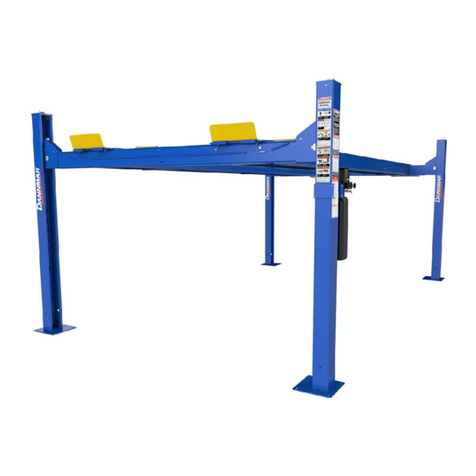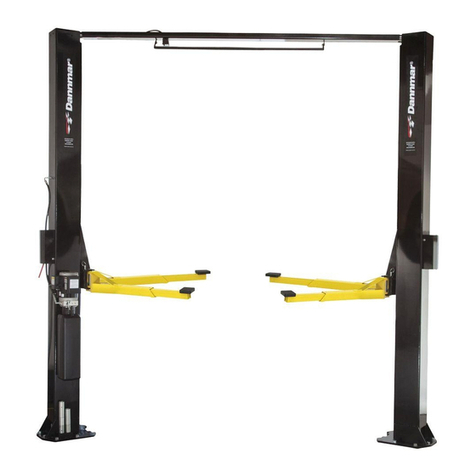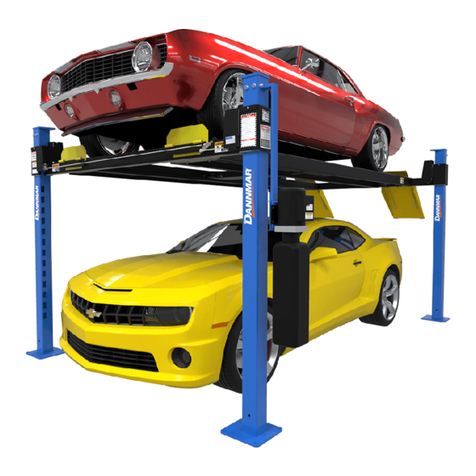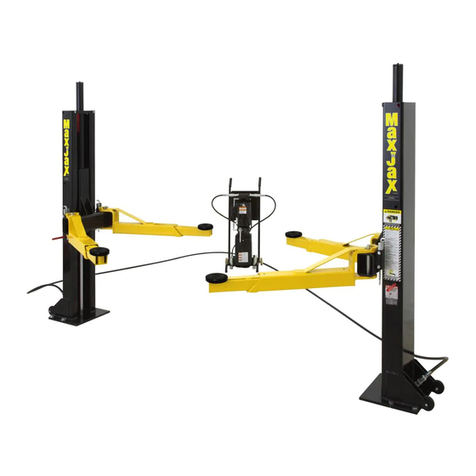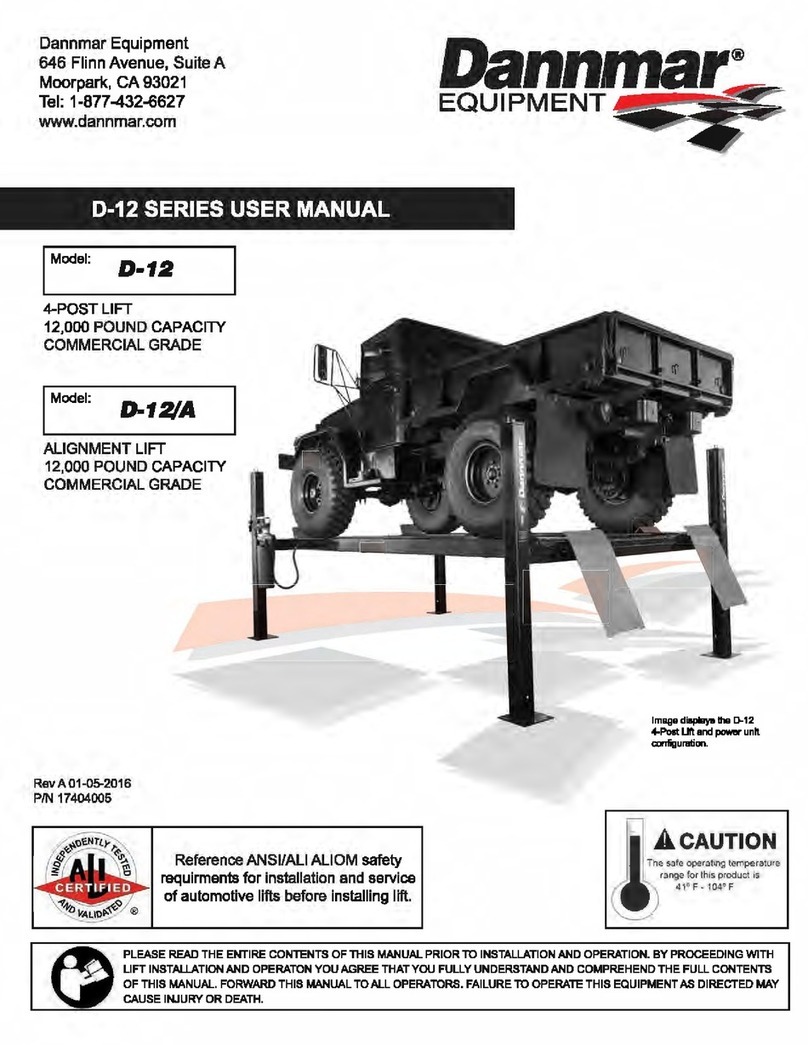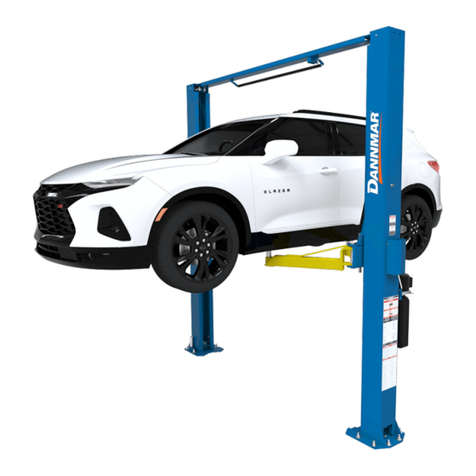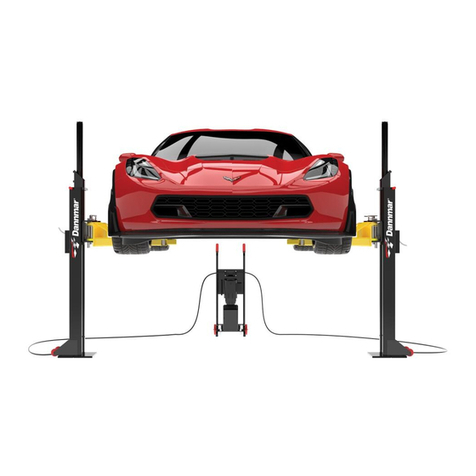
6
• Read and understand all instructions and
all safety warnings before operating the lift.
• Do NOT touch hot parts; you could be
burned. Always use care with the equipment.
• Do NOT operate equipment with a damaged cord or if
the equipment has been dropped or damaged – until
it has been examined by a qualied service person.
• Do NOT let a cord hang over the edge of the table,
bench, or counter or come in contact with hot manifolds
or moving fan blades.
•
• If an extension cord is necessary, a cord with
a current rating equal to or more than that of the
equipment should be used. Cords rated for
less current than the equipment may overheat..
• Always unplug equipment from electrical outlet
when not in use. Never use the cord to pull the plug
from the outlet. Grasp plug and pull to disconnect.
• Let equipment cool completely before putting away.
Loop cord loosely around equipment when storing.
• To reduce the risk of re, do NOT operate equipment
near open containers of ammable liquids (gasoline).
• Adequate ventilation should be provided when work-
ing on operating internal combustion engines.
• Keep hair, loose clothing, fingers, and all
parts of body away from moving parts.
• To reduce the risk of electric shock, do
NOT use on wet surfaces or expose to
rain. Disconnect power at the receptacle
or at the circuit breaker switch before
performing any electrical maintenance.
Secure the plug so that it cannot be
accidentally
• ALWAYS WEAR SAFETY GLASSES.
Everyday eyeglasses only have impact
resistant lenses, they are not safety glasses.
• Guard against electric shock. This lift must be
grounded while in use to protect operator from
electric shock. Never connect the green power
cord wire to a live terminal. This is for ground only.
• Only trained operators should operate this lift. All
non-trained personnel should be kept away
from the work area. Never let non-trained
personnel come in contact with, or operate lift.
• DO NOT override self-closing lift controls.
• Clear area if vehicle is in danger of falling.
• ALWAYS make sure the safeties are engaged
before attempting to work on or near a vehicle.
• WARNING! RISK OF EXPLOSION. This equipment
has internal arcing or sparking parts
which should not be exposed to am-
mable vapors. This machine should not
be located in a recessed area or below
oor level.
• MAINTAIN WITH CARE. Keep lift clean for better and
safer performance. Follow manual for proper lubrication
and maintenance instructions. Keep control handles
and/or buttons dry, clean and free from grease and oil.
• Check for damaged parts. Check for alignment of
moving parts, breakage of parts or any condi-
tion that may affect operation of lift. Do NOT use
lift if any component is broken or damaged.
• NEVER remove safety related compo-
nents from the lift. Do NOT use lift if safety
related components are missing or damaged.
• STAY ALERT. Use common sense and watch what you
are doing. Remember, SAFETY FIRST.
IMPORTANT SAFETY INSTRUCTIONS
Read these safety instructions entirely.
Refer to ANSI/ALI ALIS Standard (R2015) Safety Requirements for Installation and Service of
Automotive Lifts for more information about safely installing your Lift.












